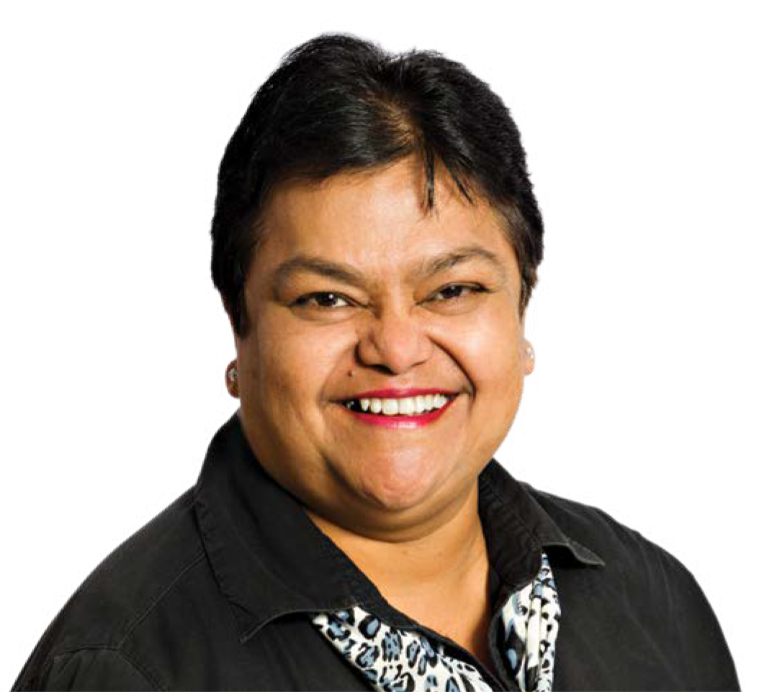Himla Soodyall
Lire en français
In June 2024, after three decades of rule, the African National Congress (ANC) had to form a coalition government for the first time.
The country’s president, Cyril Ramaphosa, has separated the national education department from its department of science and innovation (DSI). Blade Nzimande, the former minister of higher education, will head the DSI.Himla Soodyall is a human geneticist, and was part of the five-year international Genographic Project that used DNA samples to map historical human migrations. She is also an international member of the American National Academy of Sciences, and recipient of many accolades.
This is a summary of our interview with her. You can also listen to the whole interview and read a full transcript below.
Does the decision to split the education and science departments have major significance for the life and natural sciences in the country?
I’m excited we are now a standalone department, because I think the focus and importance of science, technology and innovation, as led by the DSI, is a crucial responsibility of the state. I strongly believe that the various entities affiliated with the DSI, including ASSAf, have played a significant role in the advancement of science, technology and innovation, and could manage all of this on their own.
Where it was necessary to collaborate with DHET, we have done so, but mostly from a bottom up rather than from a top-down approach. I believe that having Blade Nzimande as our minister is good for us because we know him, we work well with him, and we look forward to continuing in that way.
Do you see any indication that the new government may slow down on its commitments in priority areas, such as climate change and environmental sustainability, education, and poverty and inequality?
I can’t see that happening because the 2019 White Paper on Science, Technology and Innovation has been approved by Parliament, so the wheels are turning. The politicians can’t stall the momentum at which this is going. They may be able to chirp about certain things, but the doing is actually in the hands of the scientists.
Funding for researcher training is slated to fall by up to 28%, which means 1,000 fewer researchers in the system. Is the picture as straightforward as that? Is the state not living up to its priority?
Let us not beat around the bush. We, and the National Research Foundation (the conduit between government policy and the research institutions), have had significant budget cuts. At the same time, the number of postgraduate students requiring assistance has increased over the years. And so in keeping with their transformation policy, they are trying to give students better support because most of the students who need financial aid are coming from outside the city centres. The NRF has had to take the decision to support fewer students, but to ensure that they got support so that they could continue. The other issue is that you have more attrition of students at the higher postgraduate levels. And so your investment will get fewer returns. A second consideration is that in some areas — as in my field, pathology — graduates, to qualify for jobs, have to complete two-year internships. And those internships are in short supply, and support for those internships are lacking. So we are creating a system where we have fewer skilled people for jobs for which they have the appropriate training.
Is this an opportunity for the private sector to step in?
Well, the private sector is dependent on the public sector to produce the students, and they wait at the end of the pipeline and they soak them all up. And yes, public-private partnerships are desirable, but I think there are challenges on all sides. I get a sense that, having just been squeezed through the COVID pandemic, there are challenges on all sides. So let’s just hope that in years to come, there’s better will and that the private sector is more amenable to put in more money into the system.
